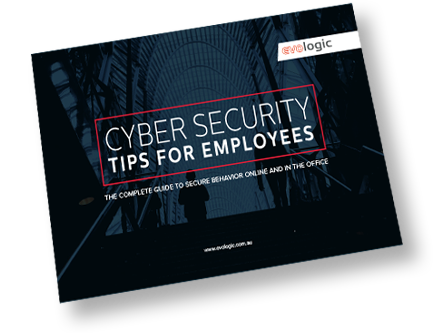Zero Trust was introduced in 2010 by John Kindervag, a former Forrester analyst. The concept has since gained wide acclaim and approval as a trusted framework for cybersecurity. The Zero Trust approach trusts nothing within or outside its perimeter and insists on verifying everything attempting to connect to the company systems before granting access. In simple terms, it is a “never trust, always verify” approach.
It sounds harsh, but considering some data breaches come from internal sources, best practice is to never openly trust applications, interfaces, networks, devices, traffic and users. Misjudging and misplacing your trust in a devious entity can lead to severe breaches that can damage your business and costs thousands or millions of dollars.
Implementing Zero Trust Security within your business can help guard against data breaches, downtime, productivity loss, customer churn and reputation damage. Over 70% of businesses planned for the deployment of Zero Trust in 2020 and it is even more critical for SMBs in an era where workforces and networks are becoming heavily distributed.1
Three Misconceptions About Zero Trust Security
- Misconception: Zero Trust Security is only for enterprises.
The Zero Trust cybersecurity framework is a proven counterthreat strategy. While it’s true that enterprises prioritise protection of their data and networks by deploying the best solutions and approaches, SMBs must also protect sensitive data and networks by taking adequate measures to minimise internal and external vulnerabilities. Thus, Zero Trust Security isn’t just for enterprises. It is equally significant for SMBs as well.
- Misconception: Zero Trust Security is too complex.
By applying Zero Trust concepts at a scale that makes sense for your business, you will realise it isn’t as complex as you thought.
- Misconception: The cost of implementing Zero Trust is too high.
Zero Trust adoption is operationally and economically feasible if you focus on your most critical applications and data sets first.
Sobering Cyberthreat Statistics
Let’s look at a few statistics that should convince you of the seriousness of today’s cyberthreat landscape as well as the need for a Zero Trust approach:
Human error causes close to 25% of data breaches.2
Unfortunately, you can’t completely mistrust an external network nor can you fully trust even a single user within your network.
Experts predict that ransomware attacks will occur every 11 seconds in 2021.3
This gives you no time to be complacent.
Over 40% of employees are expected to work from home post-pandemic.4
When this happens, many devices, users and resources will interact entirely outside the corporate perimeter. This increases the risk of an incident occurring.
Phishing attacks have increased by over 60% since the pandemic started.5
To counter such a scenario, cybersecurity policies must be dynamic and adapt to address additional concerns.
Adopting Zero Trust Security within your business does not mean you throw away your existing security tools and technologies. In fact, according to NIST, Zero Trust Security must incorporate existing security tools and technologies more systematically.
Build an effective Zero Trust model that encompasses governance policies, like giving users only the access needed to complete their tasks using and technologies such as:
- Multifactor authentication
- Identity and access management
- Risk management
- Analytics
- Encryption
- Orchestration
- Scoring
- File-system permissions
Ready to go to Zero?
Taking your business down the path of Zero Trust may not be easy, but it’s certainly achievable and well worth it. Don’t worry about where and how to begin. With Evologic as your Managed IT partner, we can show you the way. Contact us to get started.
Source:
- Solutionsreview.com
- IBM 2020 Cost of Data Breach Report
- JD SUPRA Knowledge Center
- Gartner Report
- Security Magazine Verizon Data Breach Digest


